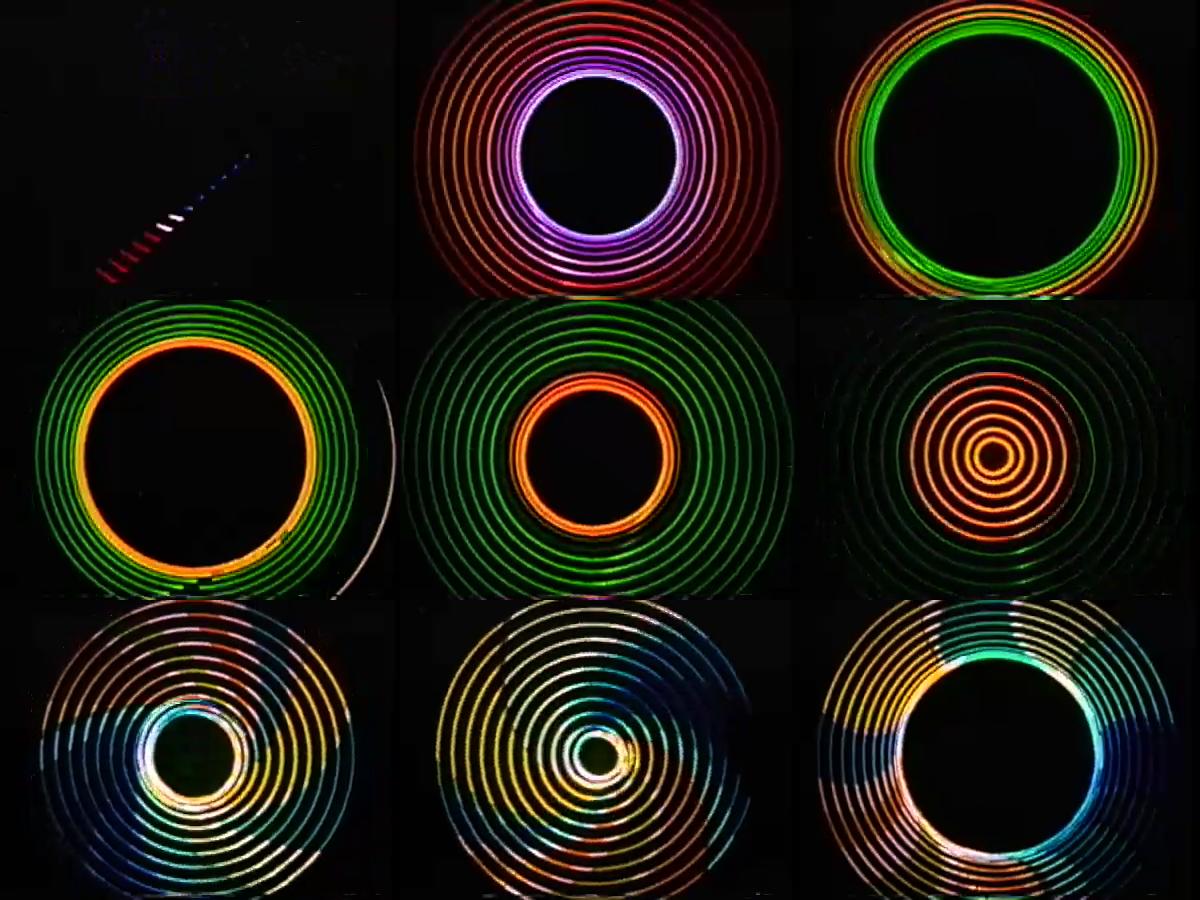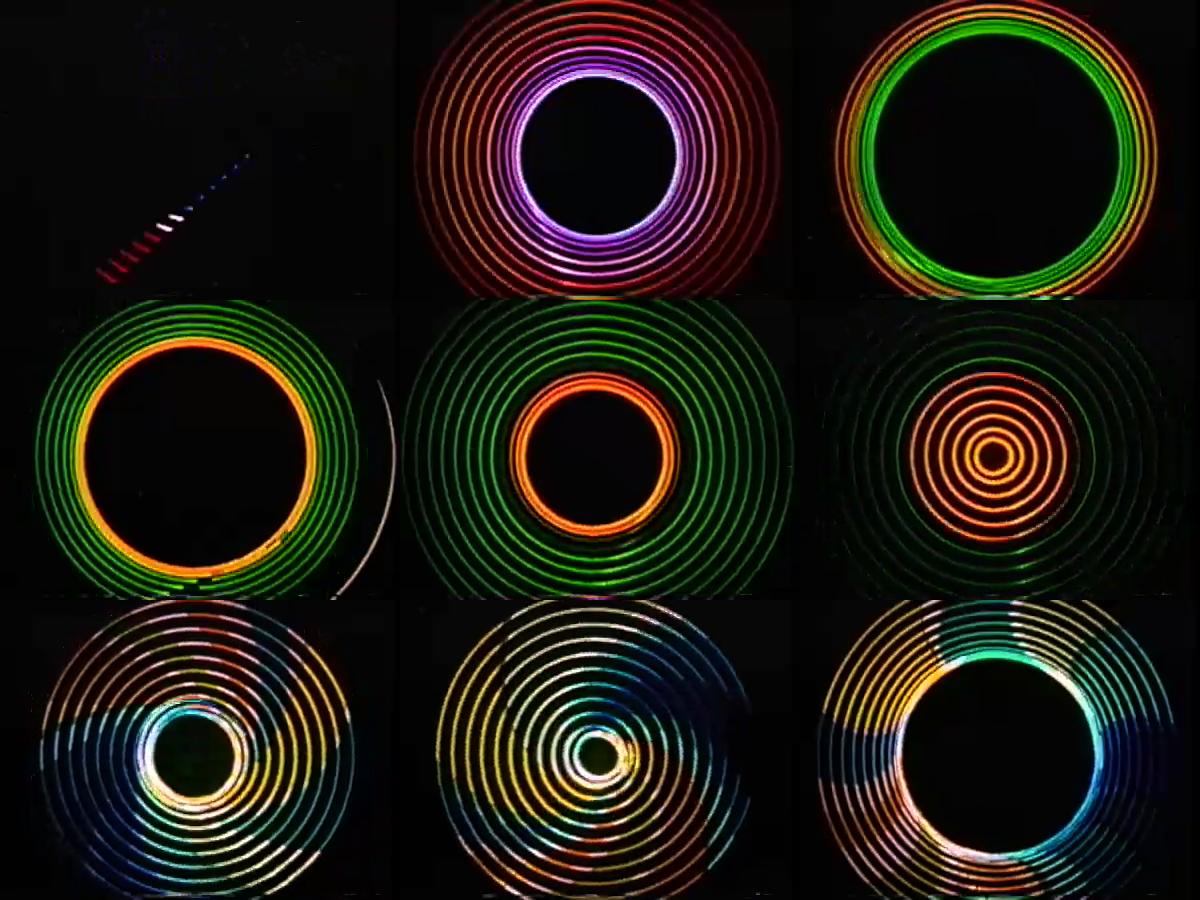Infinite Images: The Loop and Computational Temporality
Kaitlin Forcier
Media Studies
UC Berkeley
This dissertation looks at five key instantiations of the moving image loop across the historical development of computers, to better understand the ways in which the abstract structures of computation are dealt with by visual culture, and how computation and digital media shape experience. Looping and iteration are ubiquitous in digital culture: a central concept in programming languages, the loop is also a pervasive form of digital moving images, from the animated GIF to video games, cell phone formats, and contemporary art. Postwar developments in computing saw the translation of the repetitive actions of the mechanical loop into the looping control structures of programming languages. This work examines the films produced by John and James Whitney, which used a combination of analog and digital techniques, as a unique bridge between these loops. The Whitneys originally used the mechanical rotating discs of a decommissioned WWII gun controller (an analog computer) to produce iterative abstract images. Here the looping is equally the result of the physical rotation of discs and the repetitive structures of the digital program used to execute the animations.


